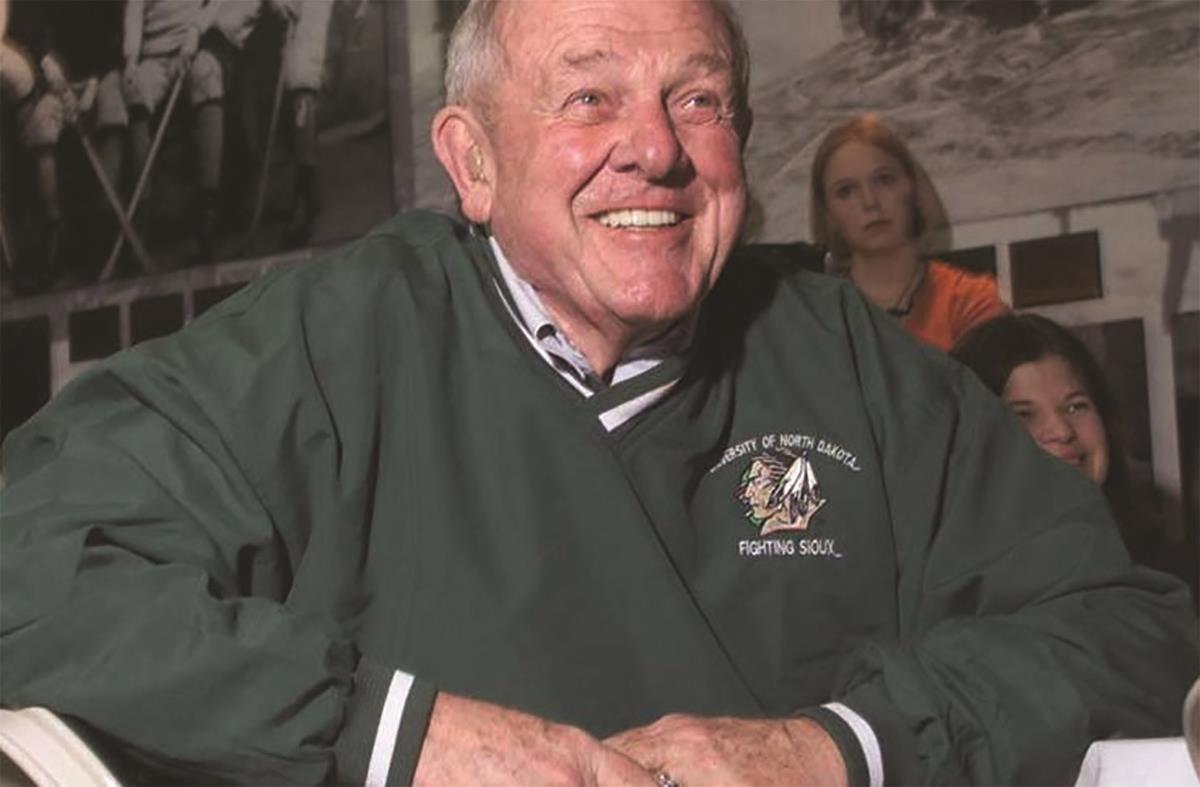Traits of Excellent Leaders
Posted by Michael Turner, M.S.
Traits of Rare Leaders
Although we are just at the halfway point of this Rotary year, planning is underway for those who will serve as president and District leadership positions in 2017 – 2018 under DG-elect Cozette Vargari. President-elects began their training last month with PREP and continue it next month with PETS. The key to being an effective club president is being a strong leader. There are four characteristics of leaders who excels in their role.
- Modeling Rotary’s Mission and goals: You are the role model for your members and the community you serve. It is important to practice and promote Rotary’s values and mission.
“The mission of Rotary International (RI) is to provide service to others, promote integrity, and advance world understanding, goodwill, and peace through its fellowship of business, professional, and community leaders.”
In addition, you must serve as a foundation for your relationships with club members and the actions they take in their community. The Object of Rotary is to encourage and foster the ideal of service as a basis of worthy enterprise and, in particular, to encourage and foster:
- The development of acquaintance as an opportunity for service;
- High ethical standards in business and professions; the recognition of the worthiness of all useful occupations; and the dignifying of each Rotarian’s occupation as an opportunity to serve society;
- The application of the ideal of service in each Rotarian’s personal, business, and community life;
- The advancement of international understanding, goodwill, and peace through a world fellowship of business and professional persons united in the ideal of service.
- Communications: It is crucial to keeps club members as well as the community “in the loop” about club projects and activities. Club members should be given information from RI on a regular basis in order to keep them interested and engaged in Rotary. There are many sources to call on including RI’s weekly e-mails, the website, Rotarian magazine, manuals and handbooks, and social media posts. Inspirational Writer Israelmore Ayivor said, “Information leads to transformation. If you are not inspired by being informed, you will expire by becoming deformed!”
- Walking the Turf: Presidents need to maintain constant contact with their members. If members are absent from club meetings or do not participate in projects or activities reach out to them to learn why. It may be a transportation issue, lack of money, or overwhelming responsibilities at work or home. Whatever the reason they will appreciate a phone call from you, not an e-mail or text message. The latter two are too impersonal. Continue doing this every couple of weeks just to tell them what is happening at their club and in Rotary. By keeping them informed they will continue to be engaged in Rotary they will look forward to returning to their club.
In addition, it important to recognize members on their birthday, wedding anniversary and club anniversary. This can be as simple as mentioning their names at meetings or in your club’s newsletter. Some may bring in birthday or anniversary balloons, or present certificates.
- Demonstrate High Ethical Standard: The Four-Way Test is an excellent start, but actions speak the loudest because there are no established ethical standards. Everyone has his or her own and they reflect his or her belief system that drives his or her actions, approach and attitude toward a wide range of situations. As you carry out your presidential duties remember that your members are watching and listening. If you take the low road they may follow your example. In addition, in this technology-driven age you never know when someone is recording your actions and posting them on social media.
The commensurate leader is engaged with his or her members and Rotary. One of my jobs right after graduate school was at the University of North Dakota. There were about 9,000 students and 1,500 faculty and staff. President Tom Clifford (pictured below) most faculty and staff by name as well as many students. When he walked the campus, which was on a regular basis, he would to talk to people. He also knew something personal about everyone: birthday, family members, illnesses or achievements.
Five years after I left the university, I returned to visit. Walking across the campus I heard someone call my name. I turned around and there was Tom Clifford. When I worked at the university I was a low level employee but he remembered me five years later. We stopped to talk and he asked, “How are things going in Los Angeles?” I was amazed that he remembers where I moved. Tom Clifford was a rare leader and a much admired one. Think about him as you carry out your duties as president in 2017 - 2018
 |
